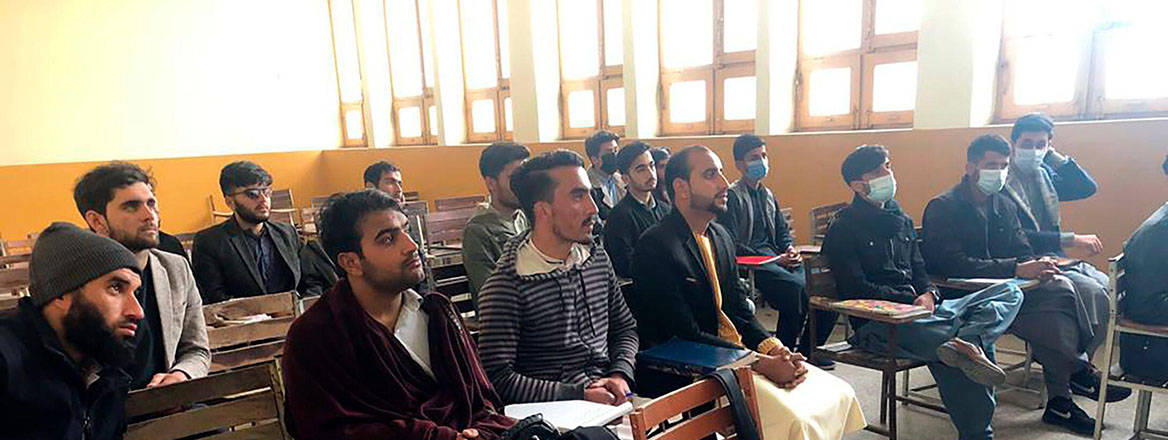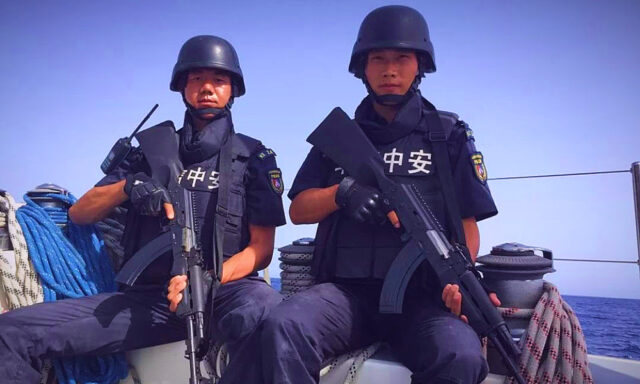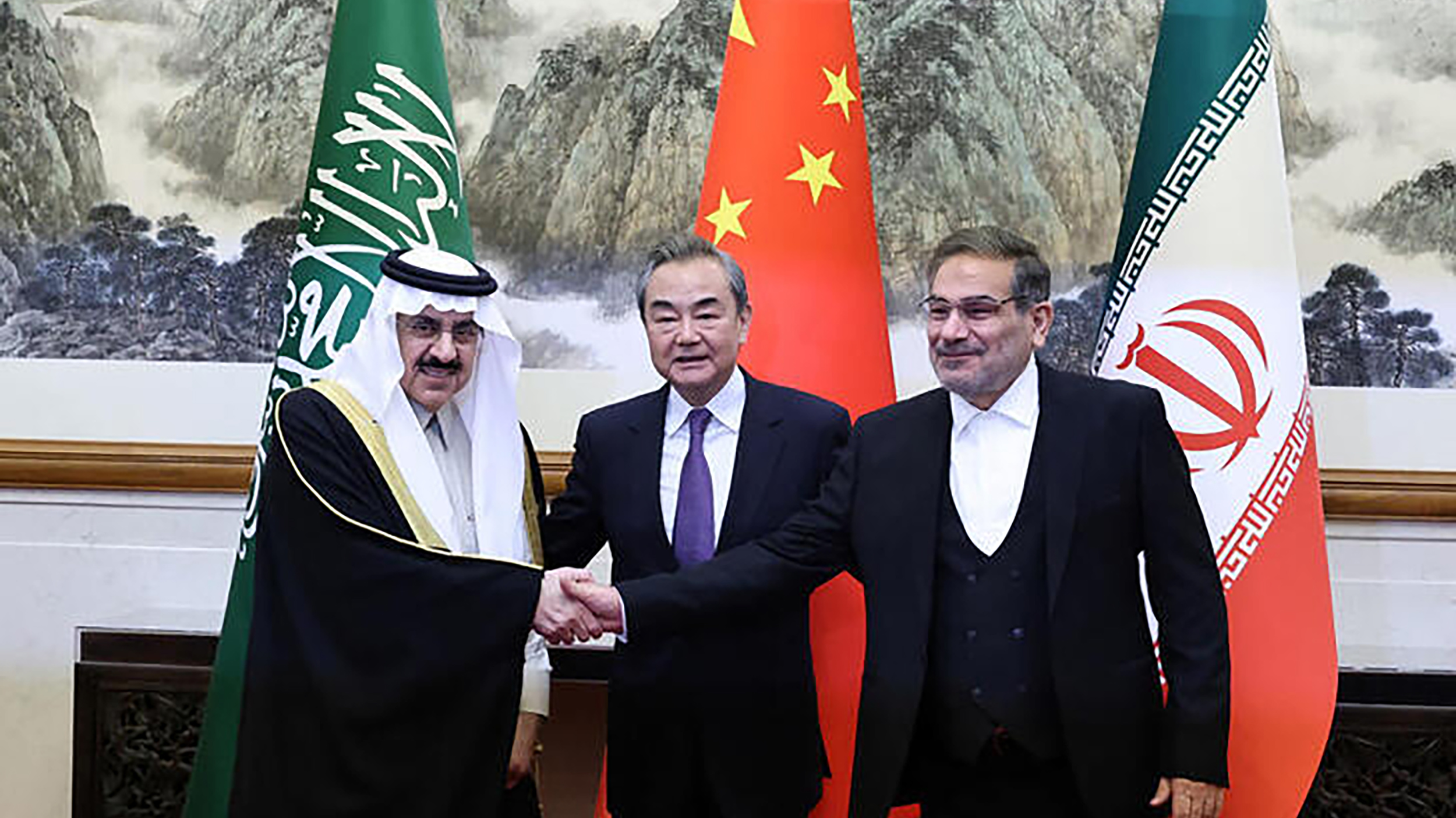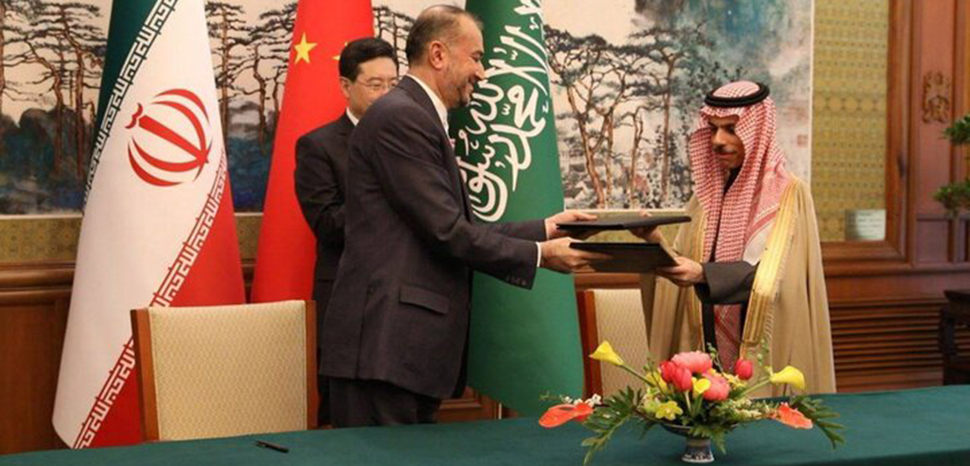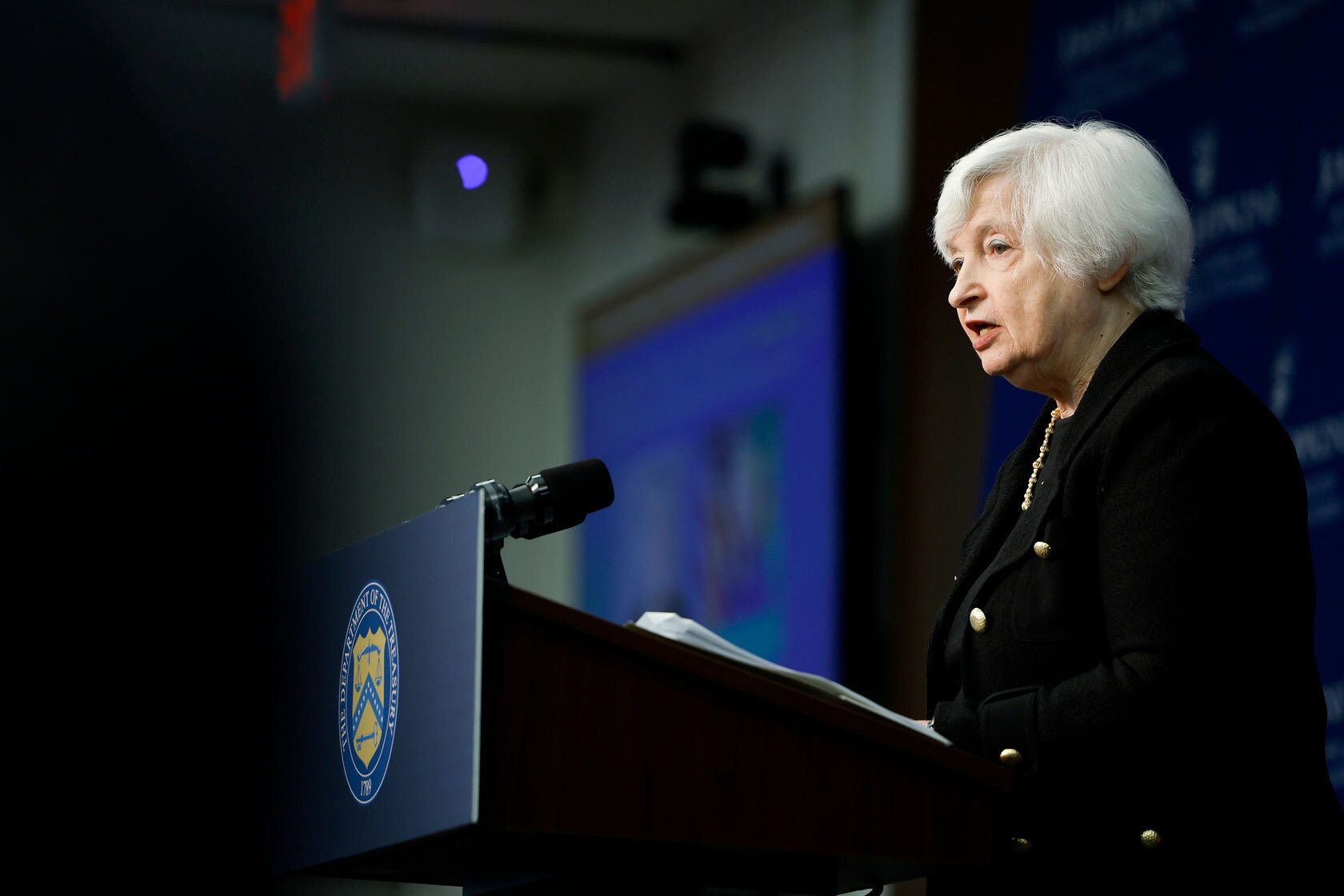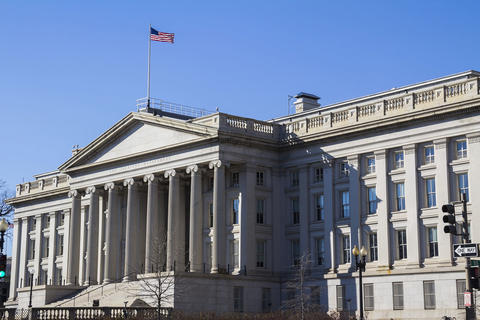Kirsty Needham
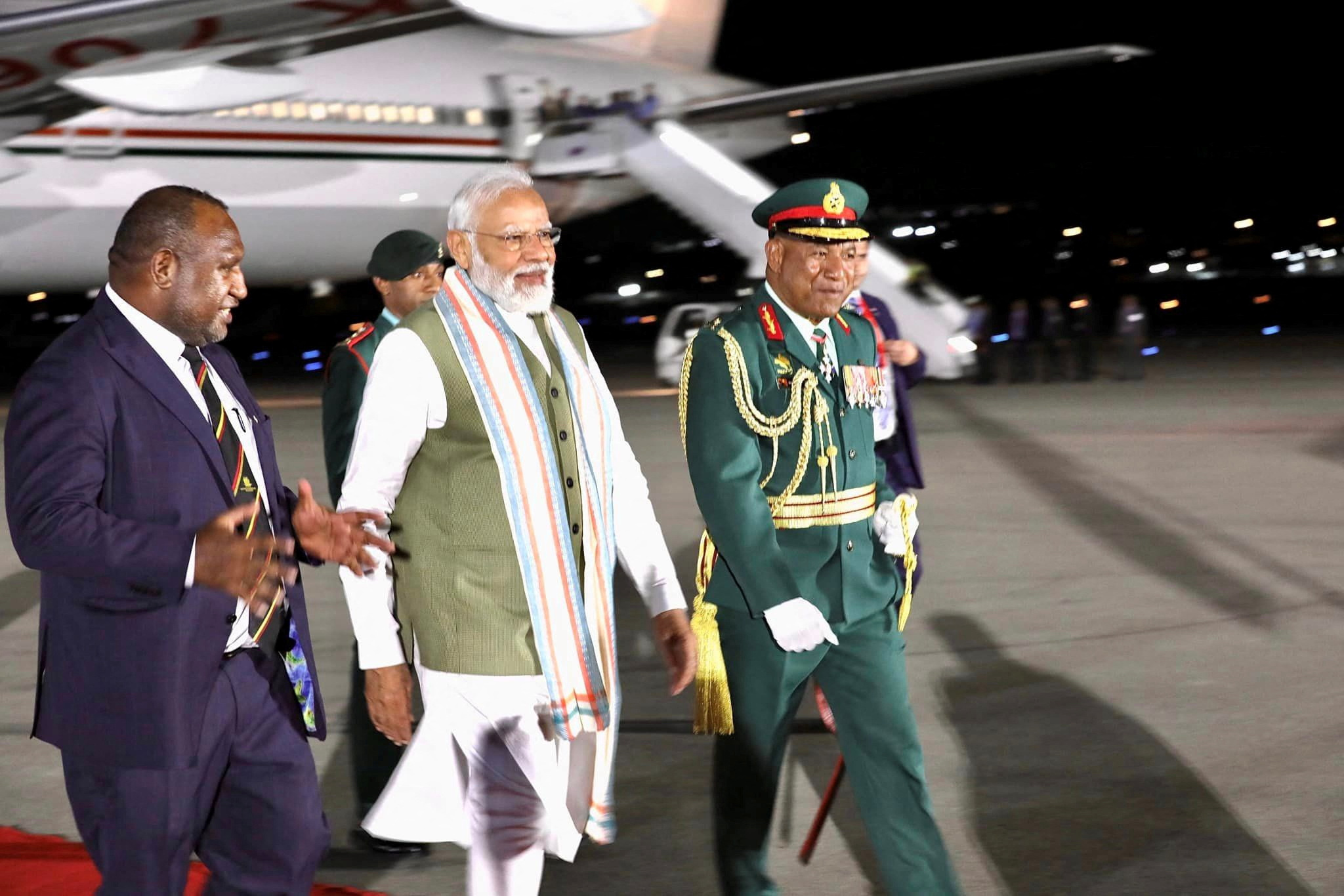
U.S. aims to deter China-Pacific security cooperation China warns against engaging in 'geopolitical games' India's Modi vows support in talks with 14 Pacific leaders Palau renews COFA with U.S., among three worth $7.1 billion
May 22 (Reuters) - U.S. Secretary of State Antony Blinken said a defence cooperation pact signed with Papua New Guinea on Monday would expand the Pacific island nation's capabilities and make it easier for the U.S. military to train with its forces.
Blinken and Indian Prime Minister Narendra Modi held separate meetings with 14 Pacific island leaders in the PNG capital Port Moresby, pledging support for the region's priorities of health, development and climate change.
The United States and its allies are seeking to deter Pacific island nations from forming security ties with China, a rising concern amid tension over Taiwan, and after Beijing signed a security pact with Solomon Islands.
Pacific island leaders, whose territories span 40 million square km (15 million square miles) of ocean, have said rising sea levels caused by climate change are their most pressing security priority.
Blinken told PNG Prime Minister James Marape that Washington would deepen its partnership across the board with PNG, and that he expected partnerships with U.S. businesses would bring tens of billions of dollars' worth of new investment.
After university students protested against the defence agreement on Monday, Marape told a joint news conference with Blinken "there is nothing for us to be fearful about".
The accord updated an existing U.S. military relationship, he said, and "has nothing to do with China".
"We have a healthy relationship with the Chinese government and they are an important trading partner," Marape said.
